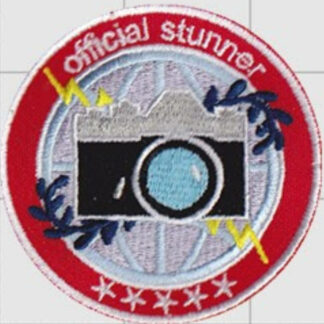Most camera sensors have an anti-aliasing (AA) filter, also known as an optical low-pass filter or blur filter. Basically, this filter blurs the image just a bit before your sensor captures it, helping to reduce aliasing and moiré. Aliasing and moiré are odd-looking artifacts in images, and they’re definitely something you want less of in your photos. However, most photos wouldn’t have any of those artifacts, anyway. You see aliasing and moiré primarily in tight patterns, such as brick walls and checkered or striped clothing. Most of the time you don’t need the AA filter, but it’s always in front of your sensor, very slightly reducing sharpness. A few cameras, including the Nikon D800, provide the option of removing the AA filter by choosing an alternate model (the D800E). A few other cameras, including the Nikon D5500, D7200, and D810, simply do not include an AA filter. Recent Pentax cameras don’t use an AA filter, but they do offer to shake the sensor a bit to simulate the filter. Most photographers should never bother thinking about whether or not they want an AA filter. Simply choose the camera that’s right for you based on more important features, and use the sensor as-is. Technical photographers who are looking for the ultimate in sharpness can seek out one of the few bodies without an AA filter, such as the D7100, D810, or 5DS-R.





